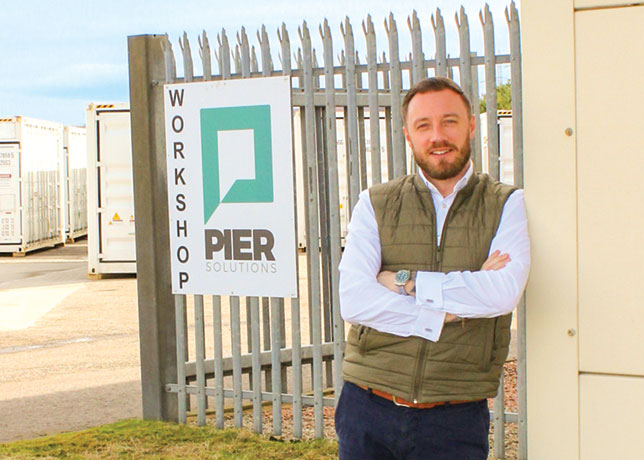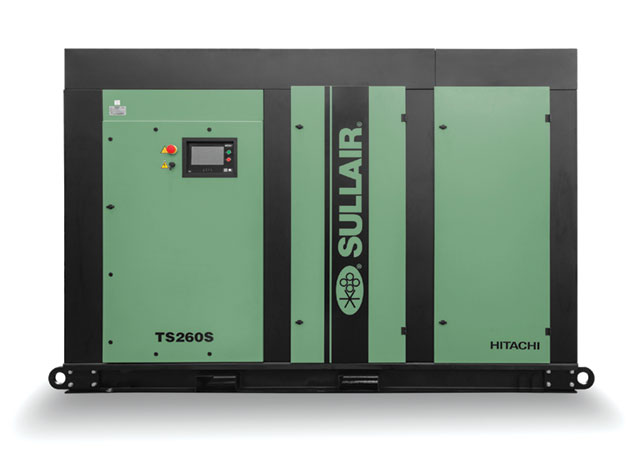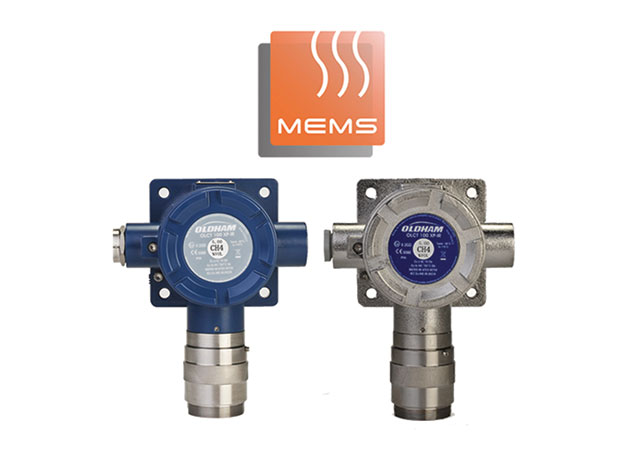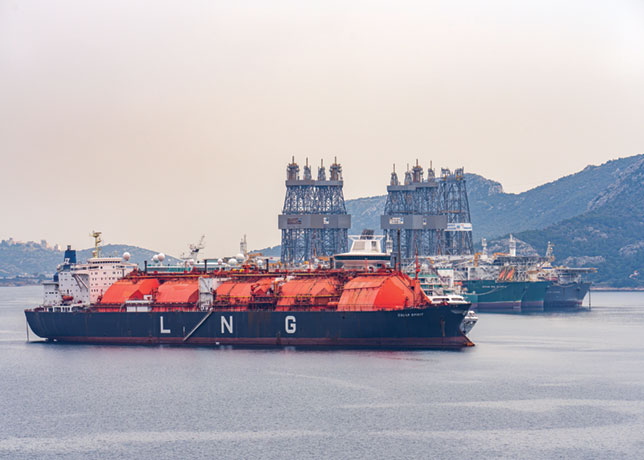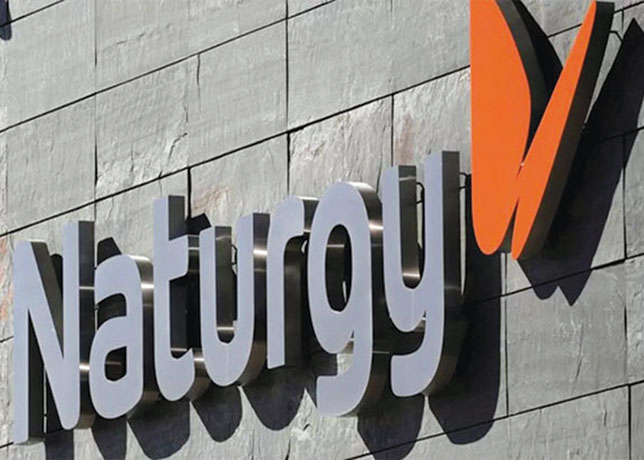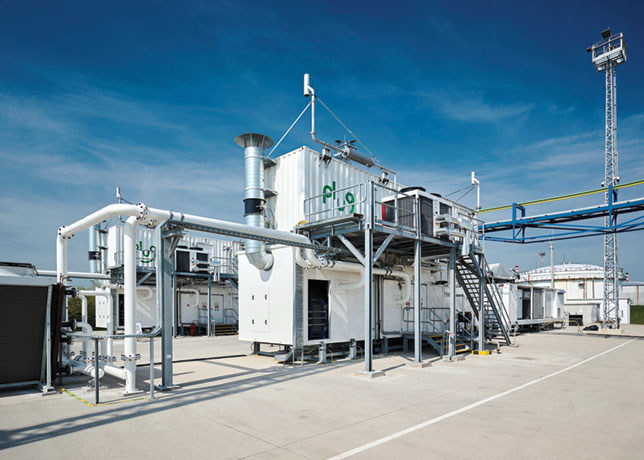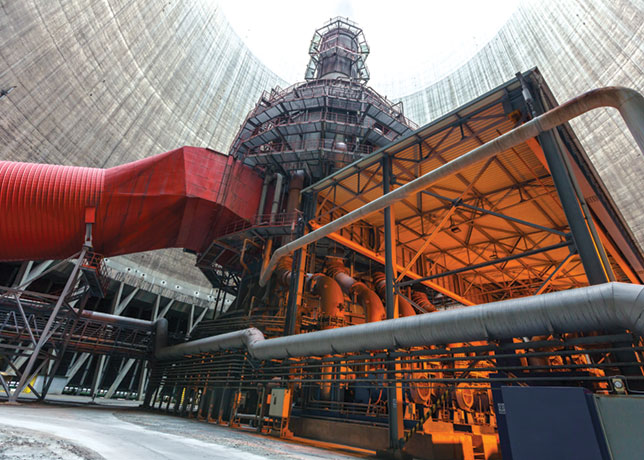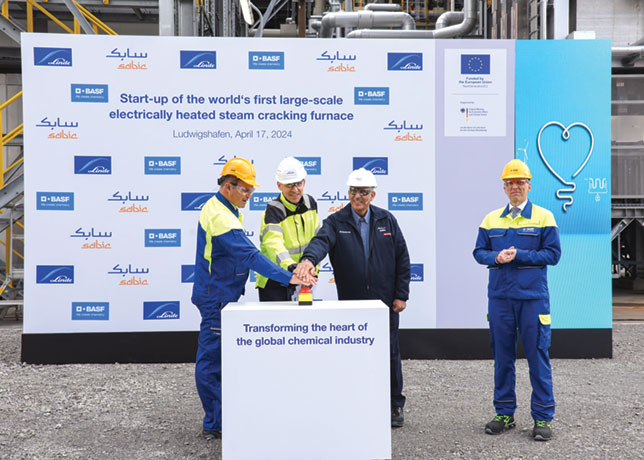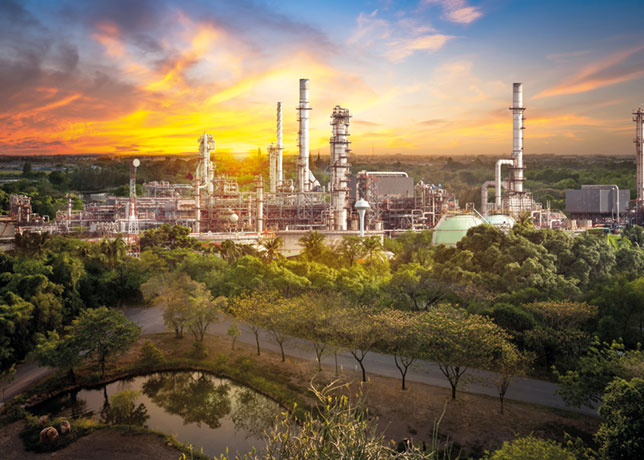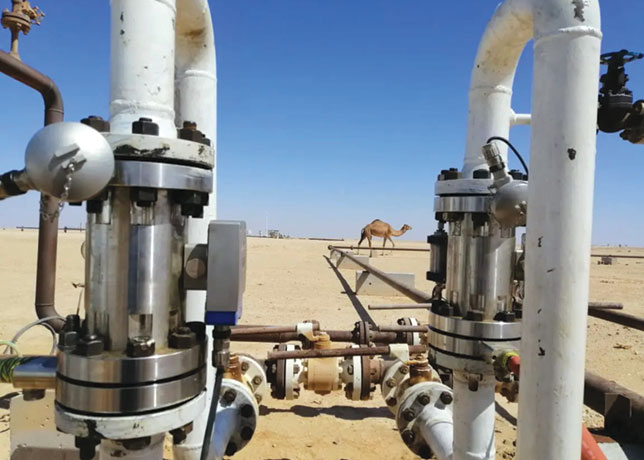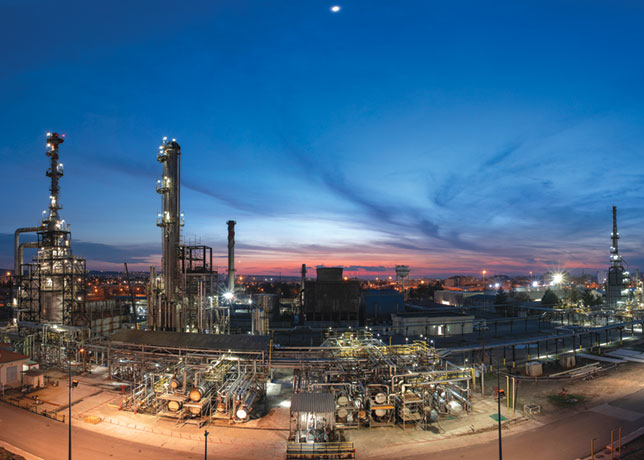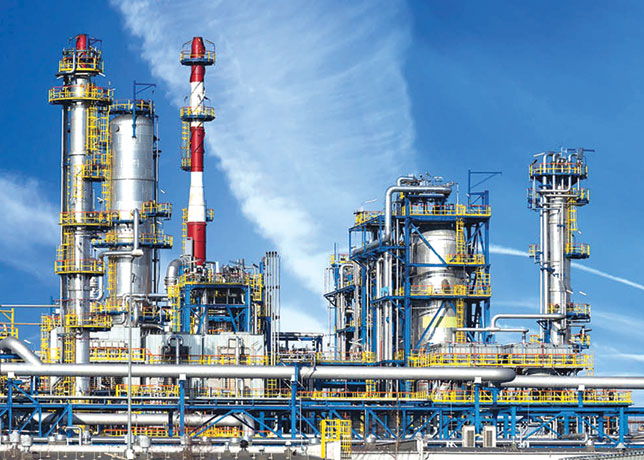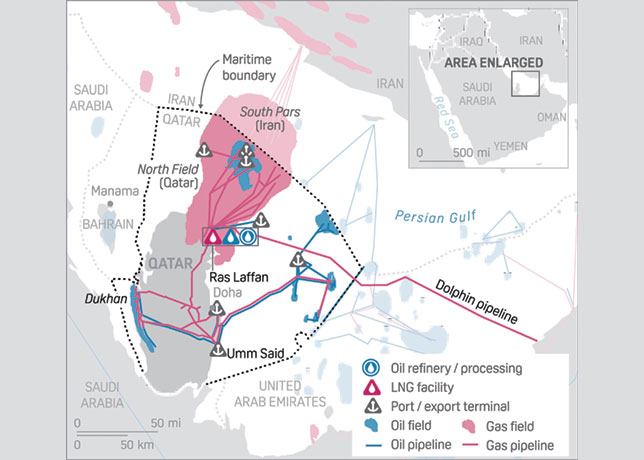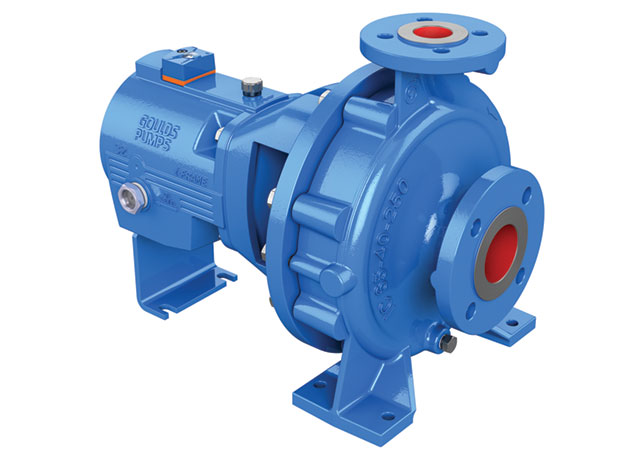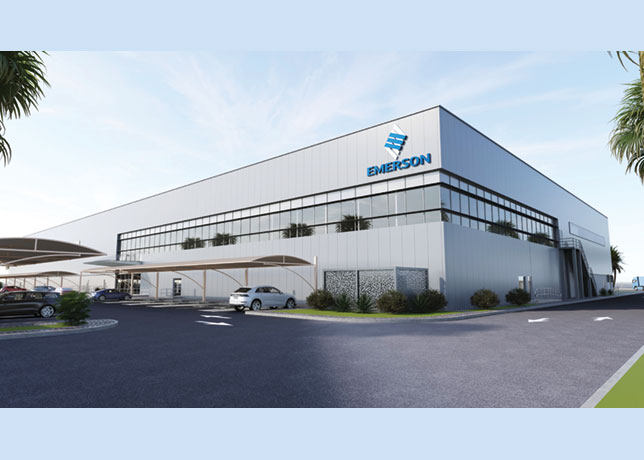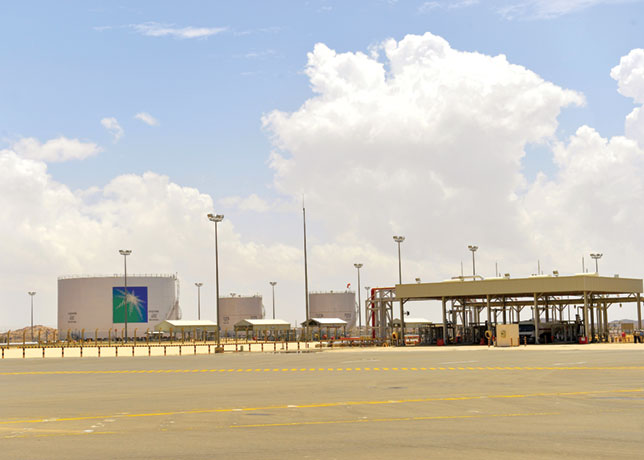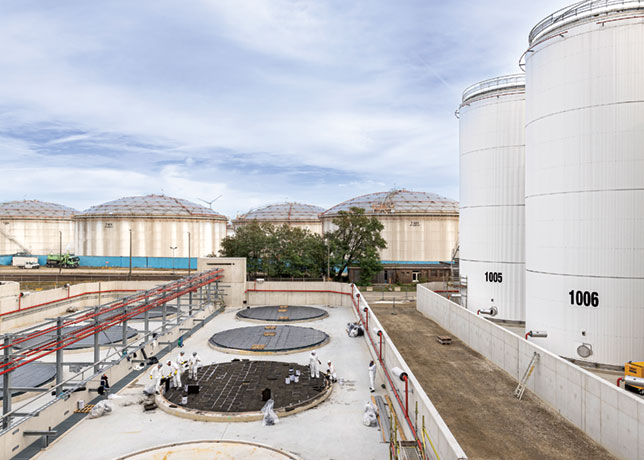
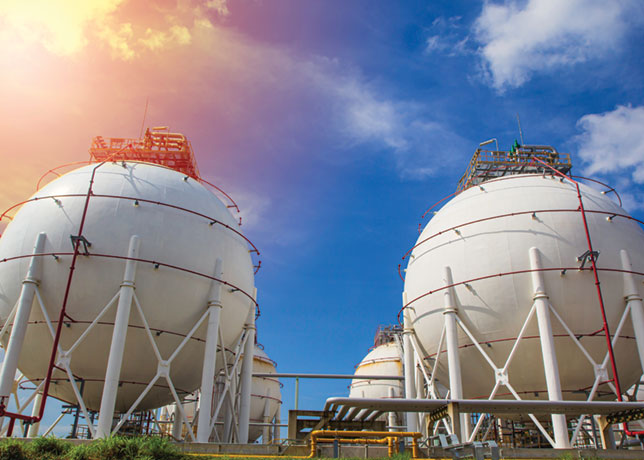 There is an increased interest in zero-emission transportation
There is an increased interest in zero-emission transportation
The global hydrogen storage tanks and transportation market is expected to grow at a compound annual growth rate (CAGR) of 52.4 per cent, reaching $4.4 billion by 2030 from the current $0.3 billion in 2024, according to a new report by MarketsandMarkets.
Various drivers including government policies and incentives, and technological advancements among others are responsible for the growth.
The report said government policies that encourage renewable energy and reduce carbon emissions, such as subsidies, grants, tax credits, and regulatory frameworks, are critical in encouraging the rise of hydrogen storage tanks and transportation.
These incentives promote investment in hydrogen infrastructure, such as storage facilities and transit networks, it added.
Partnerships among governments, industry stakeholders, and research institutions are driving innovation and hastening the commercialisation of hydrogen storage and transportation systems.
Additionally, continuous improvements in hydrogen storage technologies, such as better tank materials, innovative storage methods (metal hydrides, chemical hydrogen storage), and improved compression techniques, all help to boost storage capacity, efficiency, and safety.
"Technological advancements enable the creation of more dependable and cost-effective hydrogen storage technologies, hence propelling market expansion," the report said.
FASTEST GROWING SEGMENT
Hydrogen storage systems with pressures ranging from 200 to 500 bar are excellent options for balancing supply and demand changes in renewable energy systems and stabilising grid operations.
Increased integration of renewable energy sources, such as solar and wind power, with electrolysis allows for the creation of green hydrogen.
Meanwhile, hydrogen storage’s adaptability makes it suited for grid-scale energy storage applications, which helps to drive market growth.
The increased interest in zero-emission transportation alternatives, along with developments in fuel cell technology, is also a key driver for the market for hydrogen-powered fuel cell vehicles (FCVs).
As such, the 200-500 bar pressure range is ideal for storing hydrogen on board FCVs, providing enough range and recharging ease, hence contributing to the segment’s growth.
By type, Type 4 is expected to be the fastest segment during the forecast period.
Amidst the global transition to renewable energy sources, like hydrogen and compressed natural gas (CNG), the need for effective storage solutions is escalating.
Type 4 tanks stand out due to their superior storage capacity, durability, and safety features, making them the favored option for storing alternative fuels.
With governments and industries globally pledging to slash carbon emissions, the uptake of Type 4 tanks is projected to soar across sectors such as automotive, aerospace, and energy generation.
Amongst the regions experiencing the fasting growth, the Asia Pacific is expected to be the largest region in the hydrogen storage tanks and transportation industry.
This is due to countries such as China, Japan, and South Korea experiencing fast urbanisation and industrialisation, boosting demand for clean and sustainable energy solutions.
Hydrogen storage tanks and transportation networks are viewed as critical components of attempts to minimise pollution and reliance on fossil fuels in densely populated cities.
And, therefore, domestic and foreign firms are making strategic investments in hydrogen infrastructure projects, research, and development, which is driving market growth.
Some of the major players in the hydrogen storage tanks and transportation companies are Hexagon Purus (Norway), Worthington Enterprises (US), Plastic Omnium (France), Tenaris (US), and Luxfer Holdings (England).




